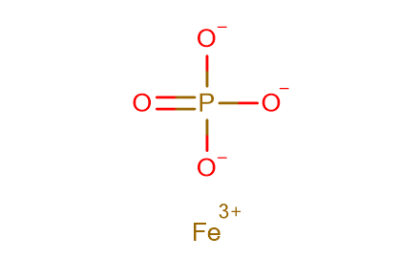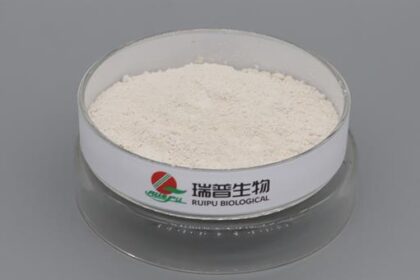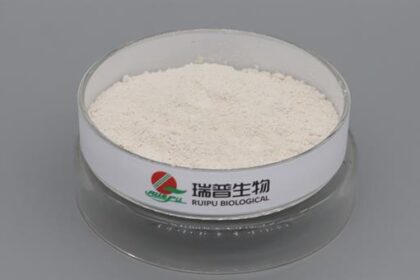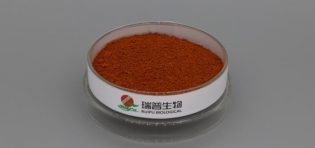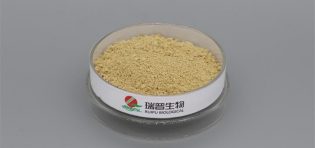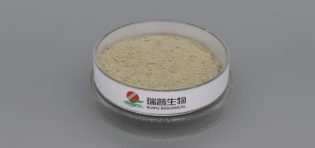
Transporting copper gluconate for export requires careful planning and adherence to regulations to ensure the safe and efficient movement of the product.Copper gluconate is a chemical compound used in various industries, including food, pharmaceuticals, and supplements.
When we transport copper gluconate for export, the regulatory requirements and classification of copper gluconate in the destination country should be determined.Ensure compliance with international regulations, such as the International Maritime Dangerous Goods (IMDG) Code or other relevant standards.
Package copper gluconate in suitable containers that prevent leakage, breakage, or contamination during transit.
Label containers with accurate product information, including proper shipping name, hazard symbols (if applicable), UN number (if classified as hazardous), net weight, and any required warnings.
We need prepare all required export documentation, including commercial invoices, packing lists, certificates of analysis (COA), certificates of origin, safety data sheets (SDS), and any other documents required by the importing country's authorities.
Choose the appropriate transportation mode based on factors such as distance, urgency, and cost.Options include sea freight, air freight, or land transportation.
Engage a reputable freight forwarder experienced in handling chemical shipments.They can assist with booking cargo space, arranging transportation, and navigating regulatory requirements.
We ensure that all customs requirements and import regulations of the destination country are met. Work with customs brokers or agents to facilitate smooth customs clearance.
Pack copper gluconate securely in containers that prevent shifting during transportation. Proper packaging helps prevent damage and ensures the safety of the shipment.
Ensure that all documentation accompanies the shipment and is accurate, complete, and compliant with both export and import regulations.
Consider obtaining appropriate cargo insurance to cover potential loss, damage, or delays during transit.
Track the shipment's progress using available tracking systems and maintain communication with the freight forwarder to ensure the shipment is on schedule.
Follow environmentally responsible practices in handling and transporting copper gluconate.Adhere to regulations regarding waste disposal, spill prevention, and environmental protection.
Be prepared for potential emergencies or incidents during transportation, such as spills, leaks, or accidents.
Provide proper handling instructions and emergency contact information to transporters.
Research and understand any specific import requirements, including customs duties, taxes, and permits, for the destination country.
Maintain open communication with all parties involved, including suppliers, freight forwarders, customs authorities, and recipients, to ensure a smooth transportation process.
We can consult with professionals who are experienced in international trade and logistics to ensure that our shipment of copper gluconate for export is carried out safely, legally, and efficiently.

